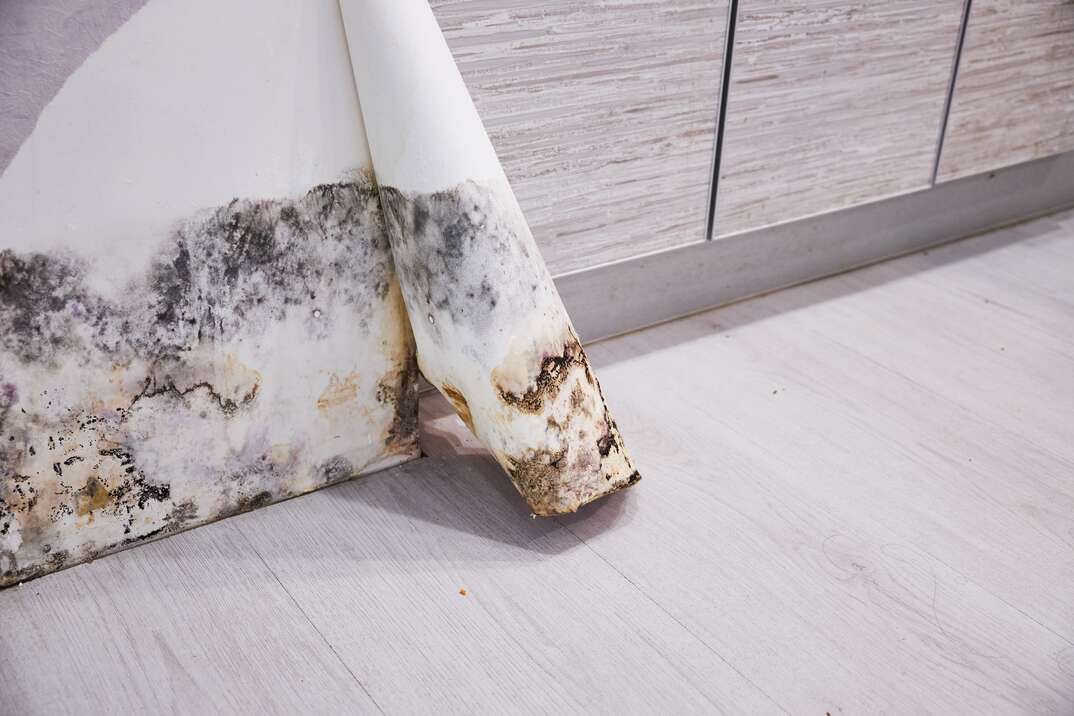Crafting an In-depth Post Mold Remediation Report
Crafting an In-depth Post Mold Remediation Report
Blog Article
Your Ultimate Overview to Article Mold Remediation Strategies
Browsing the realm of post-mold removal strategies is a careful process that demands attention to information and a detailed understanding of the ins and outs included. In the aftermath of mold and mildew invasion, understanding how to effectively eradicate the mold and mildew and avoid its reoccurrence is paramount for keeping a healthy indoor setting. From choosing the appropriate cleansing and decontaminating techniques to executing approaches for long-lasting mold avoidance, each step in the removal journey plays a critical function in guaranteeing an effective outcome. As we get started on this exploration of post-mold removal techniques, we will uncover the essential methods and ideal techniques that can assist you recover your space to its pre-mold problem and safeguard it versus future mold and mildew risks.
Comprehending Post-Mold Removal Process
After completing the mold and mildew removal process, it is crucial to recognize the post-mold removal strategies that are needed to ensure a effective and thorough cleaning. Once the mold and mildew has actually been gotten rid of, the following step entails cleaning and sanitizing the impacted locations to prevent any kind of regrowth of mold.
Furthermore, performing a final examination post-remediation is important to guarantee that all mold and mildew has been effectively eradicated. This assessment should entail a complete aesthetic check as well as potentially air tasting to validate the absence of mold spores in the air. Extra removal might be necessary if the evaluation exposes any kind of sticking around mold. Educating residents on precautionary actions such as controlling moisture levels and promptly dealing with any water leaks can help maintain a mold-free environment.
Effective Cleaning and Disinfecting Approaches

Protecting Against Future Mold Growth

Value of Appropriate Ventilation
Correct air flow plays a critical duty in stopping moisture build-up, an essential consider mold growth within interior environments. Reliable ventilation systems aid remove excess moisture from the air, decreasing the chances of mold and mildew spores finding the wetness they require to spread out and germinate. Without appropriate ventilation, interior areas can become a breeding place for mold, leading to potential health and wellness risks and architectural damage.
By making certain proper air blood circulation, ventilation systems can additionally help in drying out moist locations faster after water damage or flooding events, additionally deterring mold development. Post Mold Remediation. In areas like washrooms, kitchen areas, attic you could try here rooms, and cellars where moisture levels often tend to be higher, setting up and keeping effective ventilation systems is important in protecting against mold problems

Monitoring and Upkeep Tips
Offered the vital function that correct air flow plays in stopping mold growth, it is imperative to establish effective monitoring and upkeep tips to make sure the continued performance of air flow systems. Monitoring moisture levels within the residential property is likewise crucial, as high moisture can add to mold growth. By remaining mindful and aggressive to the condition of ventilation systems, building proprietors can properly minimize the threat of mold and mildew regrowth and keep a healthy and balanced interior atmosphere.
Final Thought
Finally, post-mold removal methods are vital for click over here now guaranteeing a safe and clean environment. Recognizing the process, implementing reliable cleansing and decontaminating approaches, preventing future mold growth, maintaining appropriate air flow, and regular monitoring are all vital action in the removal process. By following these standards, you can effectively remove mold and mildew and stop its return, advertising a healthy and balanced living or functioning area for all owners.
In the after-effects of mold infestation, understanding just how to properly eliminate the mold and avoid its reoccurrence is vital for maintaining a healthy indoor atmosphere. When the mold has been eliminated, the next action entails cleaning and decontaminating the impacted locations to protect against any kind of regrowth of mold - Post Mold Remediation Report. After removing noticeable mold growth, it is vital to clean up all surface areas in the afflicted area to remove any kind of staying mold and mildew spores. To even more improve mold avoidance steps, it is crucial to resolve underlying issues that originally led to mold growth.Given the crucial role that correct ventilation plays in preventing mold growth, it is important to develop effective tracking and wikipedia reference upkeep ideas to make certain the ongoing capability of air flow systems
Report this page